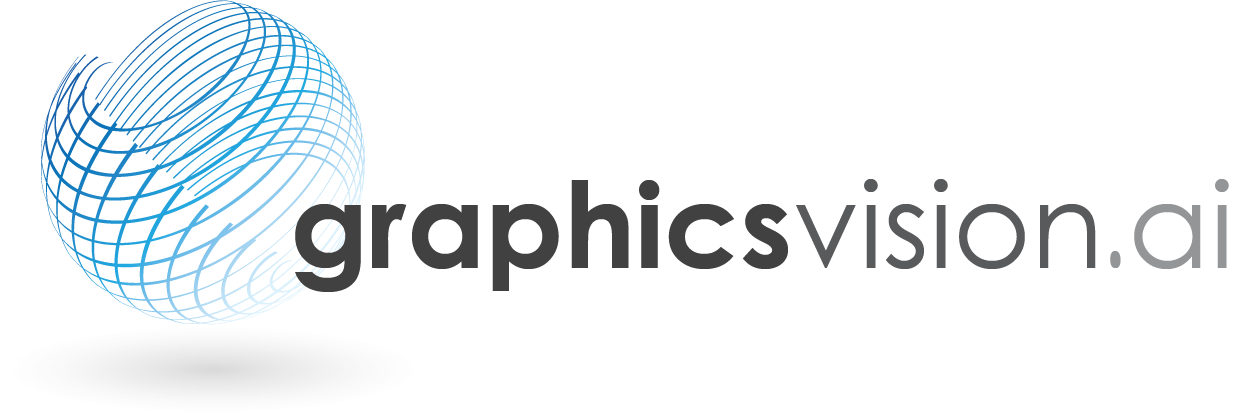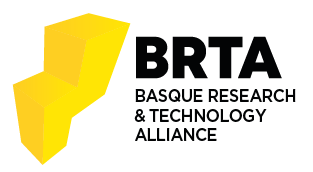Unsupervised data labeling and incremental cross-domain training for enhanced hybrid eye gaze estimation
Authors: Alejandro García de la Santa Javier Muguerza David López Unai Elordi Hidalgo Arantxa Villanueva
Date: 04.06.2024
Abstract
This paper aims to advance the fields of unsupervised data labeling and incremental cross-domain training techniques. We apply these innovative methods to develop a model tailored for the Augmentative and Alternative Communication (AAC) application domain, introducing a new perspective in hybrid eye Gaze Estimation (GE). These hybrid eye GE models combine the generalization strengths of appearance-based models with the scene understanding capabilities inherent in geometrical reconstruction. The use of open eye tracking datasets for the AAC domain introduces domain shift, while accurately labeling gaze vectors is challenging without specialized hardware for proper 3D dimensional reconstruction. We propose an approach to solve this challenges by conducting standardized unsupervised gaze vector labeling across multiple open GE datasets and subsequently performing incremental training to adapt to the target domain. Using a proprietary dataset we were able to reduce the gaze error from 4.87 degrees to 3.95 degrees, compared to a traditional single-step training.
BIB_text
title = {Unsupervised data labeling and incremental cross-domain training for enhanced hybrid eye gaze estimation},
keywds = {
HCI, Cross-domain training, gaze estimation, hybrid gaze estimation, unsupervised labeling, AAC
}
abstract = {
This paper aims to advance the fields of unsupervised data labeling and incremental cross-domain training techniques. We apply these innovative methods to develop a model tailored for the Augmentative and Alternative Communication (AAC) application domain, introducing a new perspective in hybrid eye Gaze Estimation (GE). These hybrid eye GE models combine the generalization strengths of appearance-based models with the scene understanding capabilities inherent in geometrical reconstruction. The use of open eye tracking datasets for the AAC domain introduces domain shift, while accurately labeling gaze vectors is challenging without specialized hardware for proper 3D dimensional reconstruction. We propose an approach to solve this challenges by conducting standardized unsupervised gaze vector labeling across multiple open GE datasets and subsequently performing incremental training to adapt to the target domain. Using a proprietary dataset we were able to reduce the gaze error from 4.87 degrees to 3.95 degrees, compared to a traditional single-step training.
}
isbn = {979-8-4007-0607-3},
date = {2024-06-04},
}







